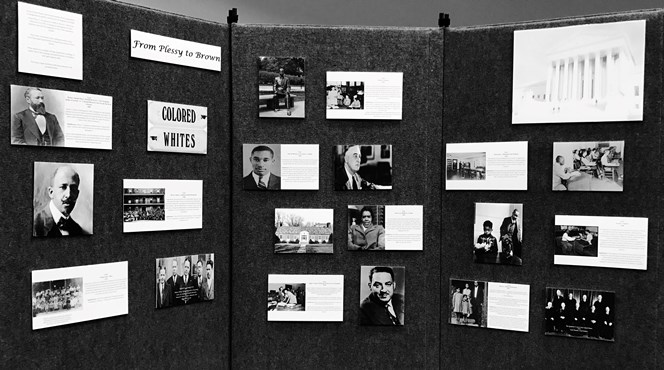
Preview

Creation Date
1950
Description
The Supreme Court held that the University of Texas Law School must admit an African- American student, Heman Sweatt. The University of Texas Law School was far superior in its offerings and resources to the separate Black law school, which had been hastily established in a downtown basement.
The Supreme Court reversed a lower court decision, saying that the separate school failed to qualify, both because of quantitative differences in facilities and intangible factors, such as its isolation from most of the future lawyers with whom its graduates would interact.
Significance: The Supreme Court held that Texas failed to prove separate but equal education, prefiguring the future opinion in Brown that “separate but equal is inherently unequal.” The court held that, when considering graduate education, intangibles must be considered as part of “substantive equality.”


